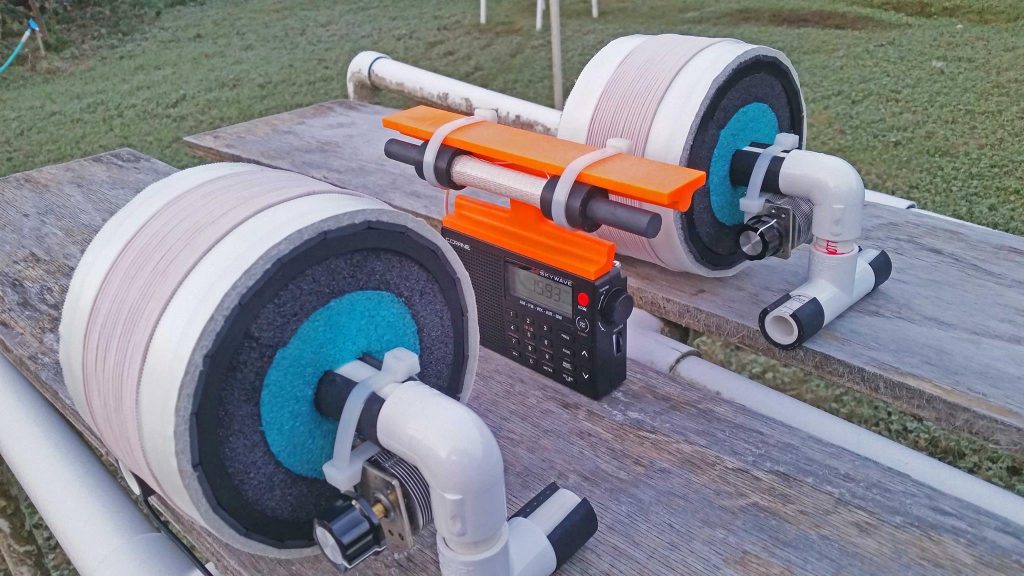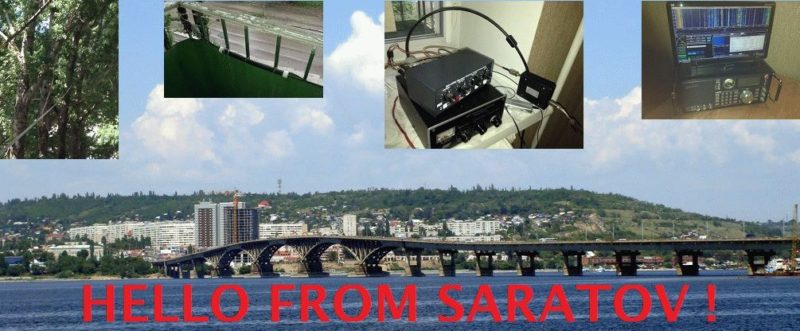On Friday, I managed to set aside an hour to finally do a video comparison of the Digitech AR-1780 and the new XHDATA D-808.
I placed a table in my driveway, far away from any source of RFI, and set up the radios in identical configurations: same orientation, antennas fully-extended, same AM bandwidth (4.0 kHz), same audio levels, etc. For good measure, I also included the venerable Tecsun PL-660 in the mix.
This was still daytime listening, so all of the stations were from 31 meters and up.
Apologies in advance: somehow the cord from my monitoring headphones is in the shot on some of these videos! I’m still getting used to the new Zoom Q2n video camera:
WRMI 9,455 kHz
Click here to view on YouTube.
WWV 15 MHz
Click here to view on YouTube.
Deutsche Welle 15,200 kHz
Click here to view on YouTube.
Afia Darfur 9,825 kHz
Click here to view on YouTube.
I should add that QSB was slow and deep on Friday. Twice I had to re-shoot videos because the station simply faded into oblivion.
I plan to do a few more comparisons with the XHDATA D-808 and Digitech AR-1780 soon as I’m very curious how SSB reception may differ.
Please comment with your observations. Which radio did you prefer? I’ll hold my comments for now.

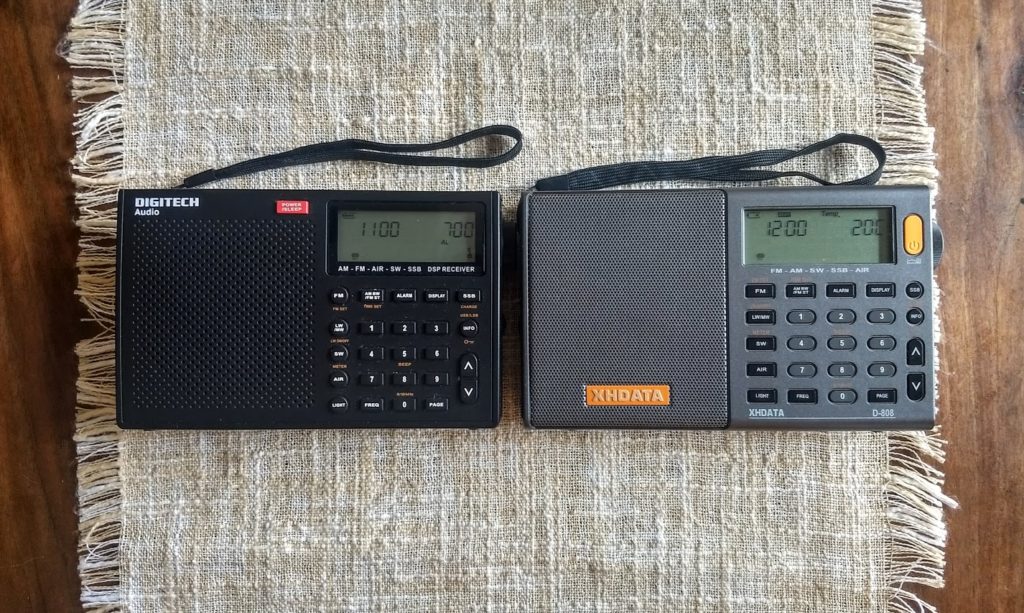
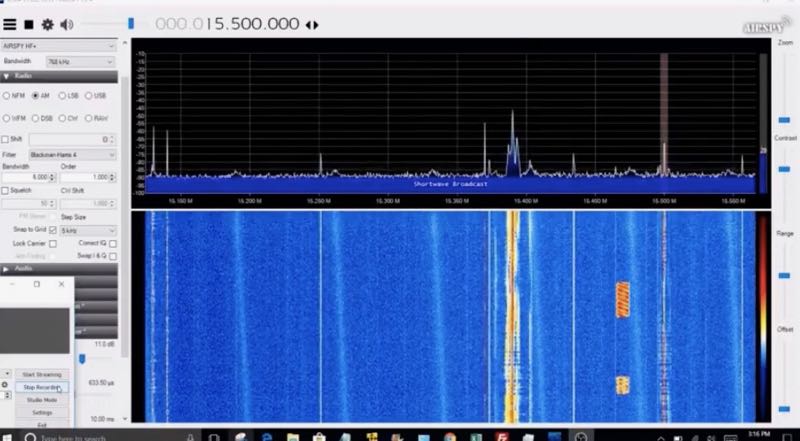
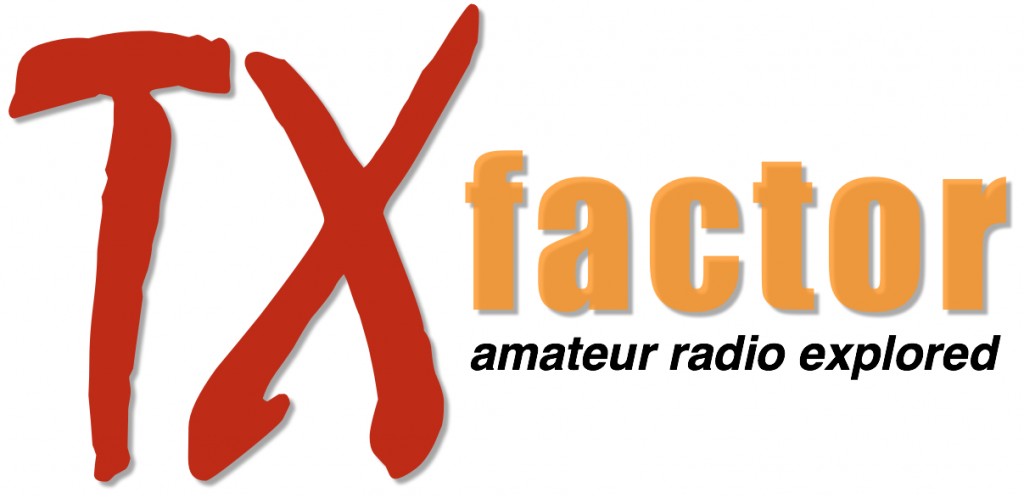
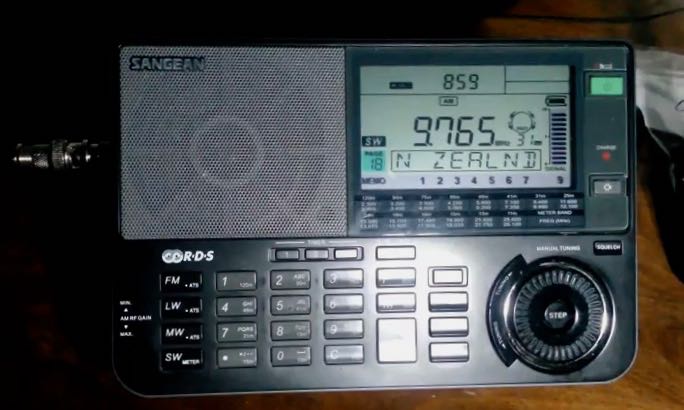
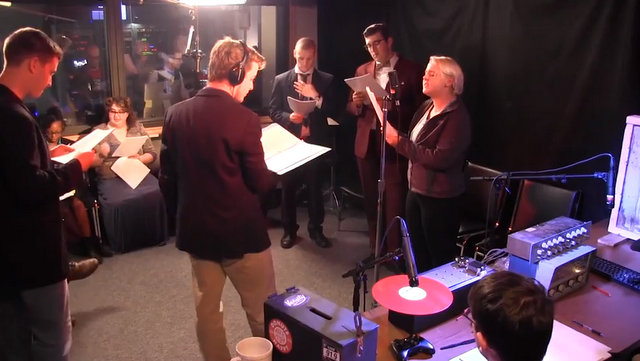
 A few months ago, I was inspired to start writing a radio drama about a number station after reading an article on the SWLing Post about someone working at a number station.
A few months ago, I was inspired to start writing a radio drama about a number station after reading an article on the SWLing Post about someone working at a number station.